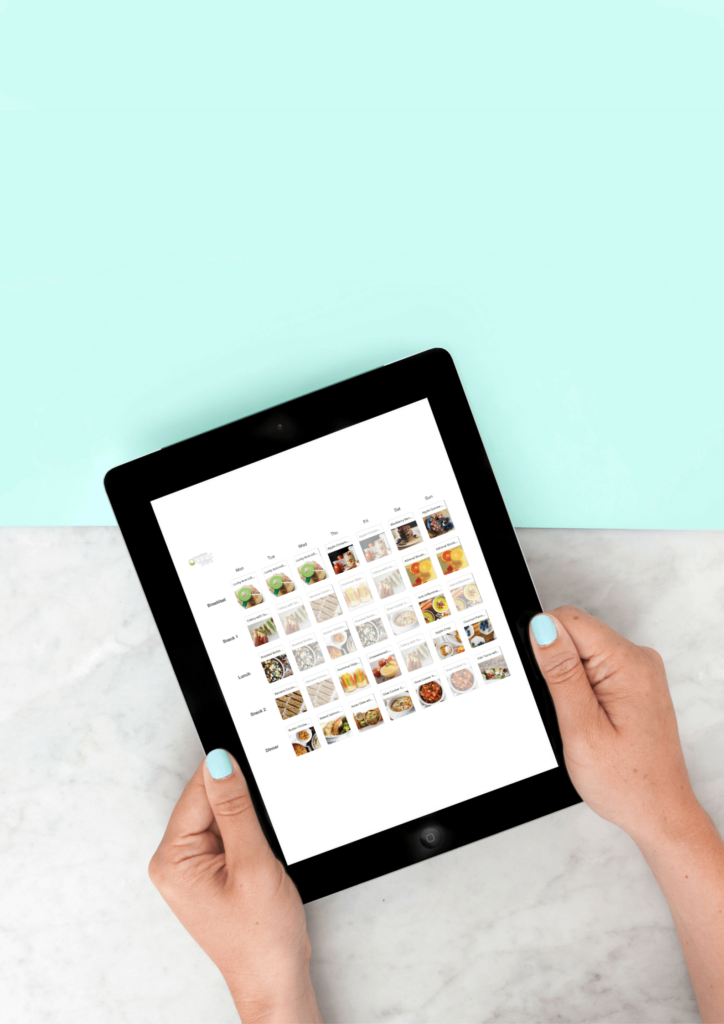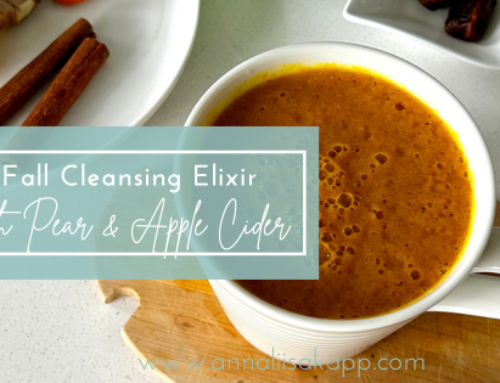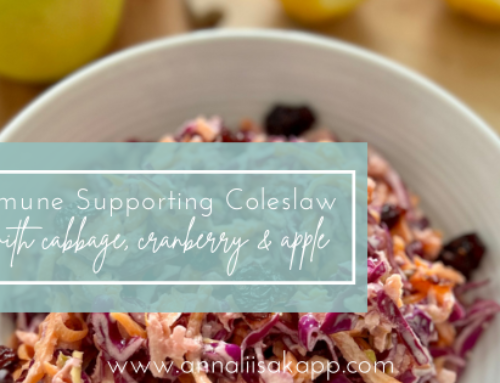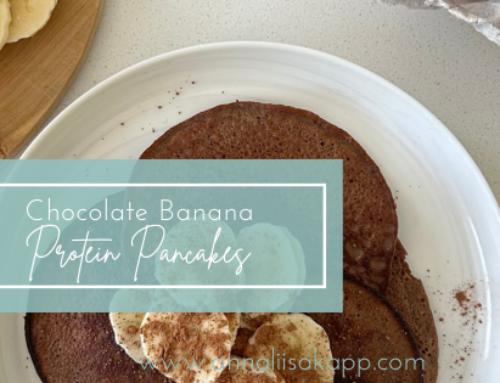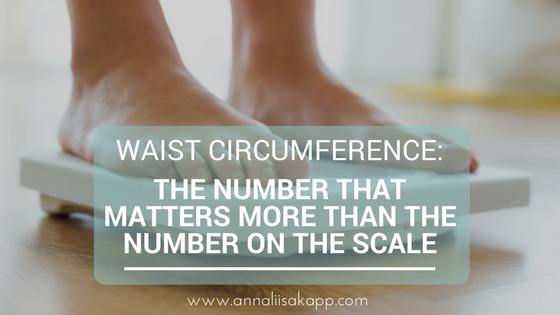
You totally want to ditch your scale, don’t you?
You may have this weird kind of relationship with your “weight”.
I mean, it doesn’t define you (obviously).
What you weigh can matter but only to a certain extent.
Let’s look at your waist circumference (well…you look at yours and I’ll look at mine).
Waist Circumference (AKA “Belly Fat”):
Do you remember the fruity body shape descriptions being like an “apple” or a “pear”? The apple is kinda round around the middle (you know – belly fat-ish, kinda beer belly-ish) and the pear is rounder around the hips/thighs.
THAT is what we’re talking about here.
Do you know which shape is associated with a higher risk of sleep apnea, blood sugar issues (e.g. insulin resistance and diabetes) and heart issues (high blood pressure, blood fat, and arterial diseases).
Yup – that apple!
And it’s not because of the subcutaneous (under the skin) fat that you may refer to as a “muffin top”. The health risk is actually due to the fat inside the abdomen covering the liver, intestines and other organs there.
This internal fat is called “visceral fat” and that’s where a lot of the problem actually is. It’s this “un-pinchable” fat.
The reason the visceral fat can be a health issue is because it releases fatty acids, inflammatory compounds, and hormones that can negatively affect your blood fats, blood sugars, and blood pressure.
And the apple-shaped people tend to have a lot more of this hidden visceral fat than the pear-shaped people do.
So as you can see where your fat is stored is more important that how much you weigh.
Am I an apple or a pear?
It’s pretty simple to find out if you’re in the higher risk category or not. The easiest way is to just measure your waist circumference with a measuring tape. You can do it right now.
Women, if your waist is 35” or more you could be considered to have “abdominal obesity” and be in the higher risk category. Pregnant ladies are exempt, of course.
For men the number is 40”.
Of course this isn’t a diagnostic tool. There are lots of risk factors for chronic diseases. Waist circumference is just one of them.
If you have concerns definitely see your doctor.
Tips for helping reduce some belly fat:
- Eat more fiber. Fiber can help reduce belly fat in a few ways. First of all it helps you feel full and also helps to reduce the amount of calories you absorb from your food. Some examples of high-fiber foods are brussel sprouts, flax and chia seeds, avocado, and blackberries. Aim for 35+ grams of fibre per day.
- Add more protein to your day. Protein reduces your appetite and makes you feel fuller longer. It also has a high TEF (thermic effect of food) compared with fats and carbs and ensures you have enough of the amino acid building blocks for your muscles. Try adding 20gr of protein per meal. Ex. Palm sized piece of chicken or 1 scoop of protein powder.
- Nix added sugars. This means ditch the processed sweetened foods especially those sweet drinks (even 100% pure juice). Read your packaged food labels carefully – if you notice sugar in the first 3 ingredients, skip it!
- Move more. Get some aerobic exercise. Lift some weights. Walk and take the stairs. It all adds up. Aim for 30 minutes of movement 4x per week.
- Stress less. Seriously! Elevated levels in the stress hormone cortisol have been shown to increase appetite and drive abdominal fat. One simple tool you can use is 5 minutes of deep belly breathing daily. Especially helpful before bed. Breathe in through your nose for 4 seconds, exhale through your nose for 5 seconds.
- Get more sleep. Try making this a priority and seeing how much better you feel (and look). Aim to go to bed and wake up at the same time to improve your sleep cycle.
Now for some actionable advice – choose one of the recommendations above that you know could use some improvement and commit to making the change to improve your health.
xx
Need a little kick in the pants to get your healthy eating back on track?
Download your FREE meal plan, shopping list, and meal prep guide that will save your HOURS in the kitchen and kick start your healthy living.
